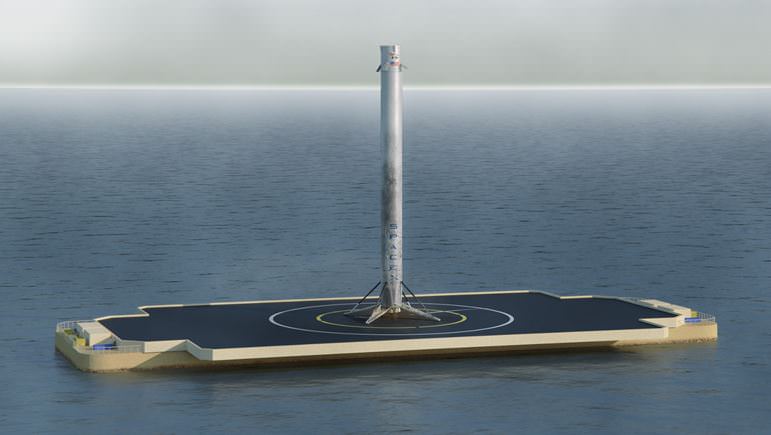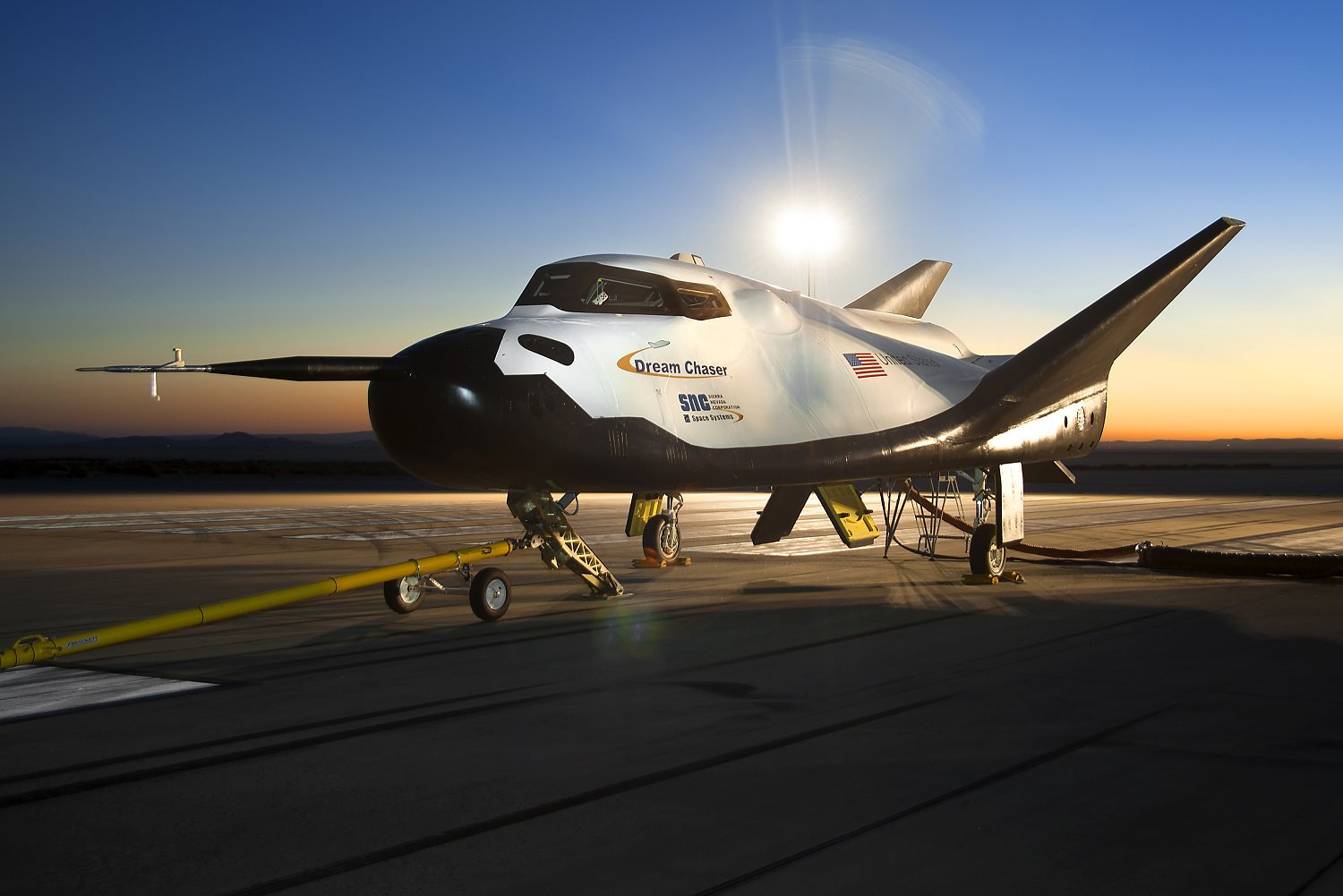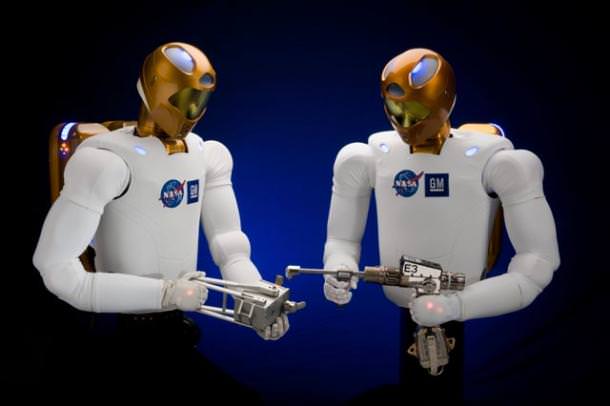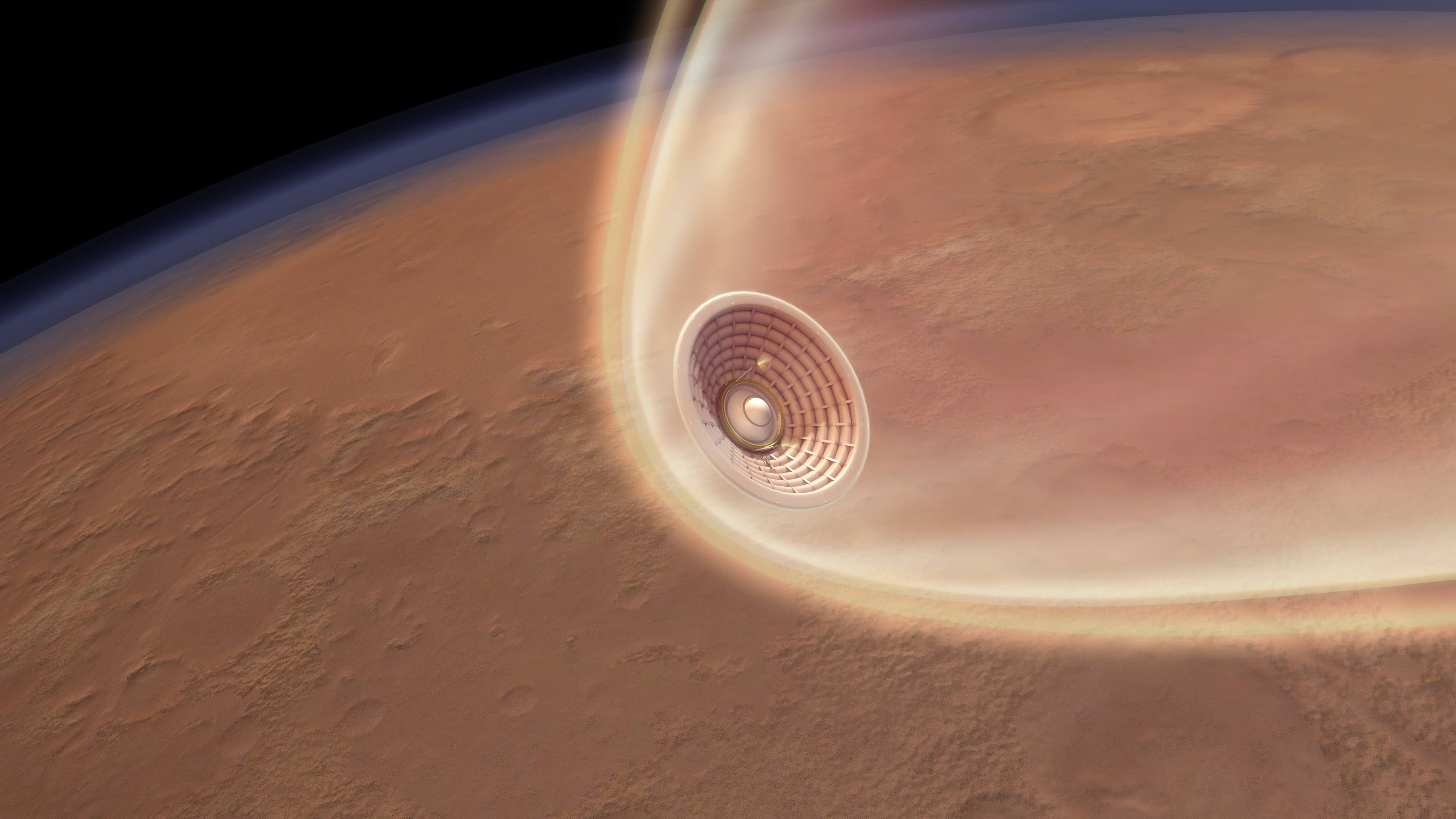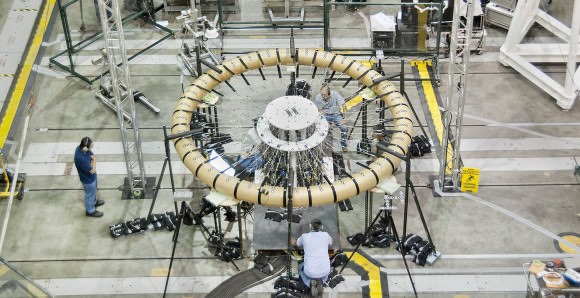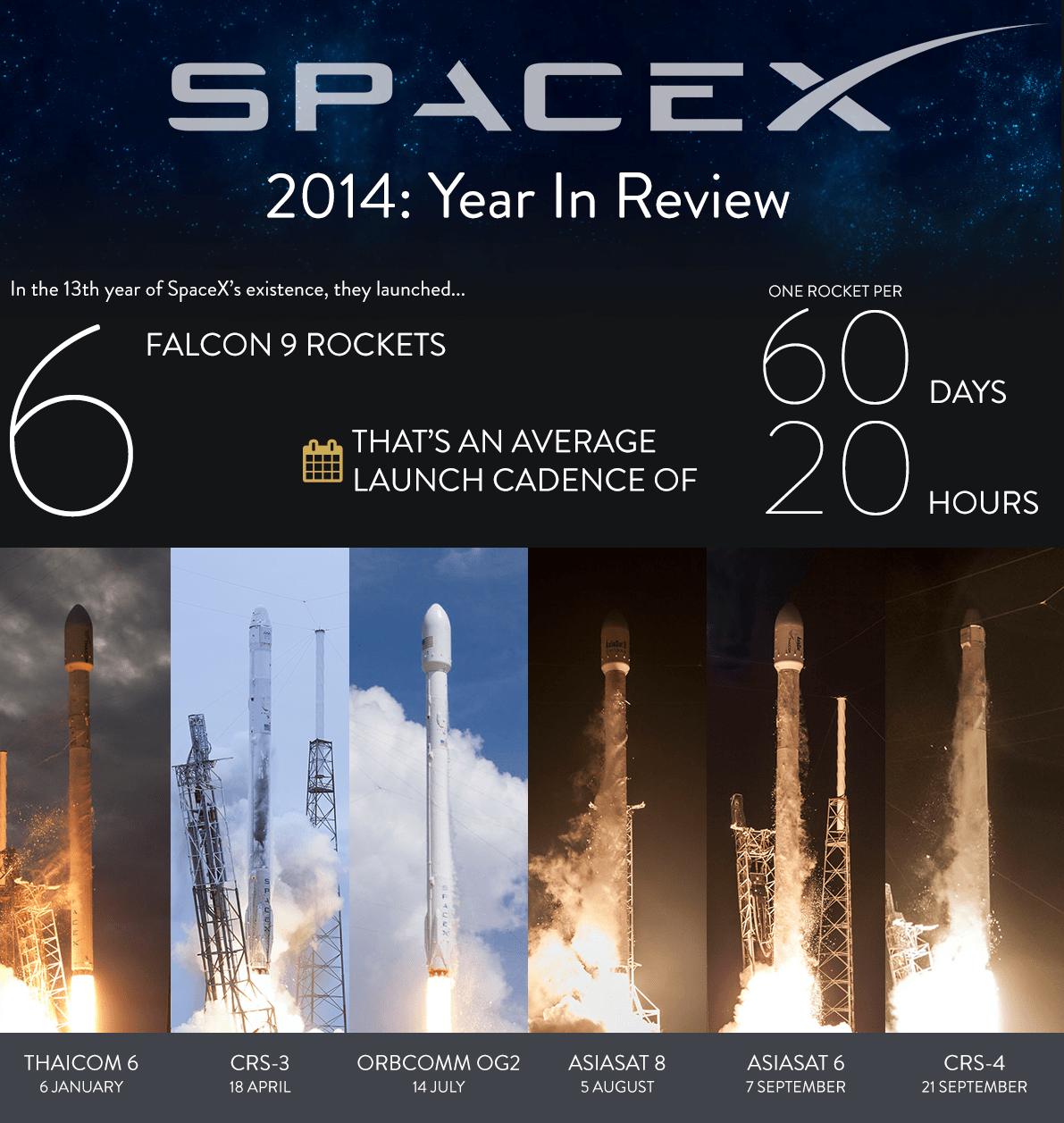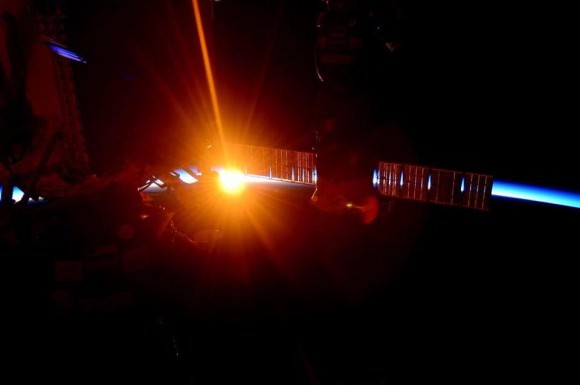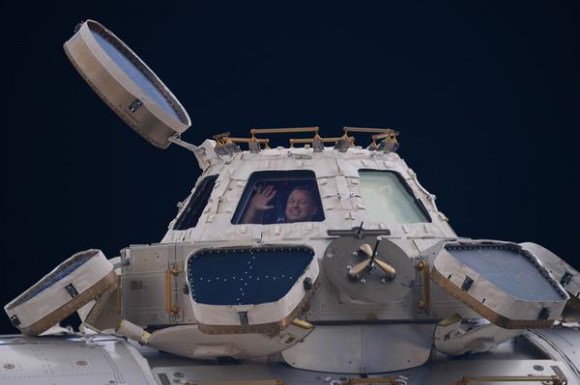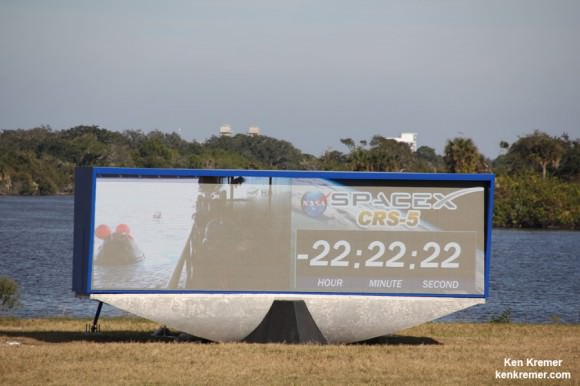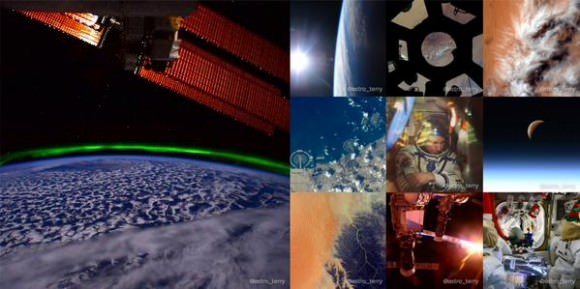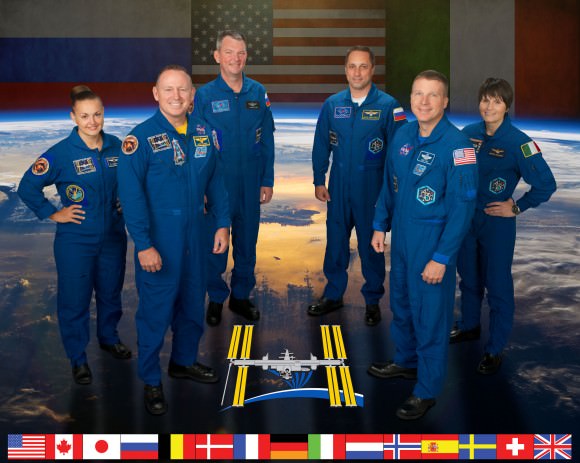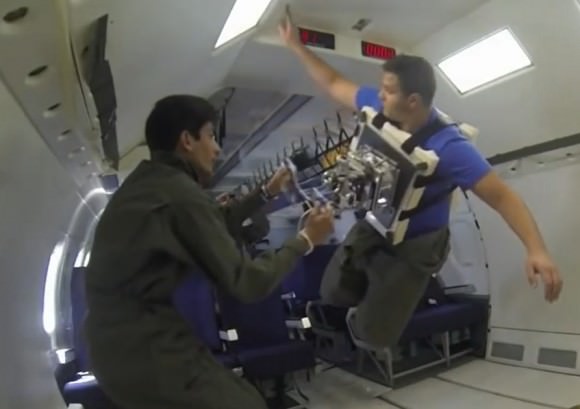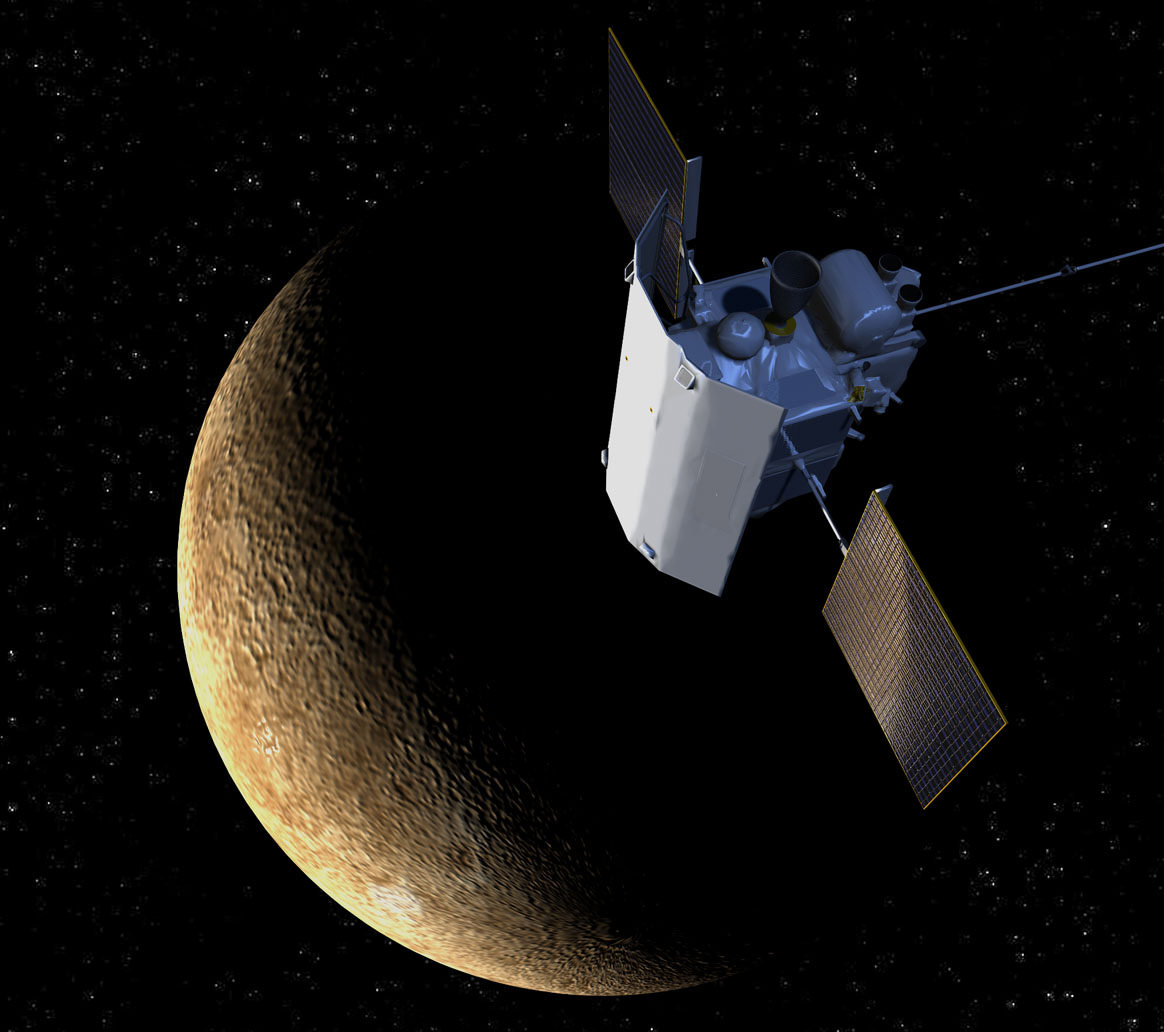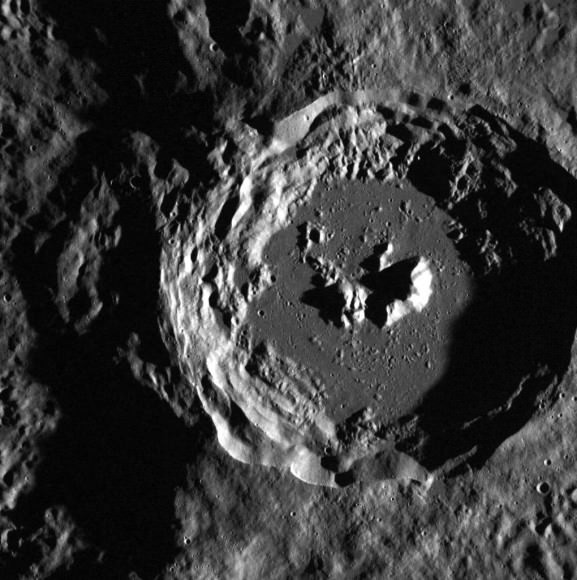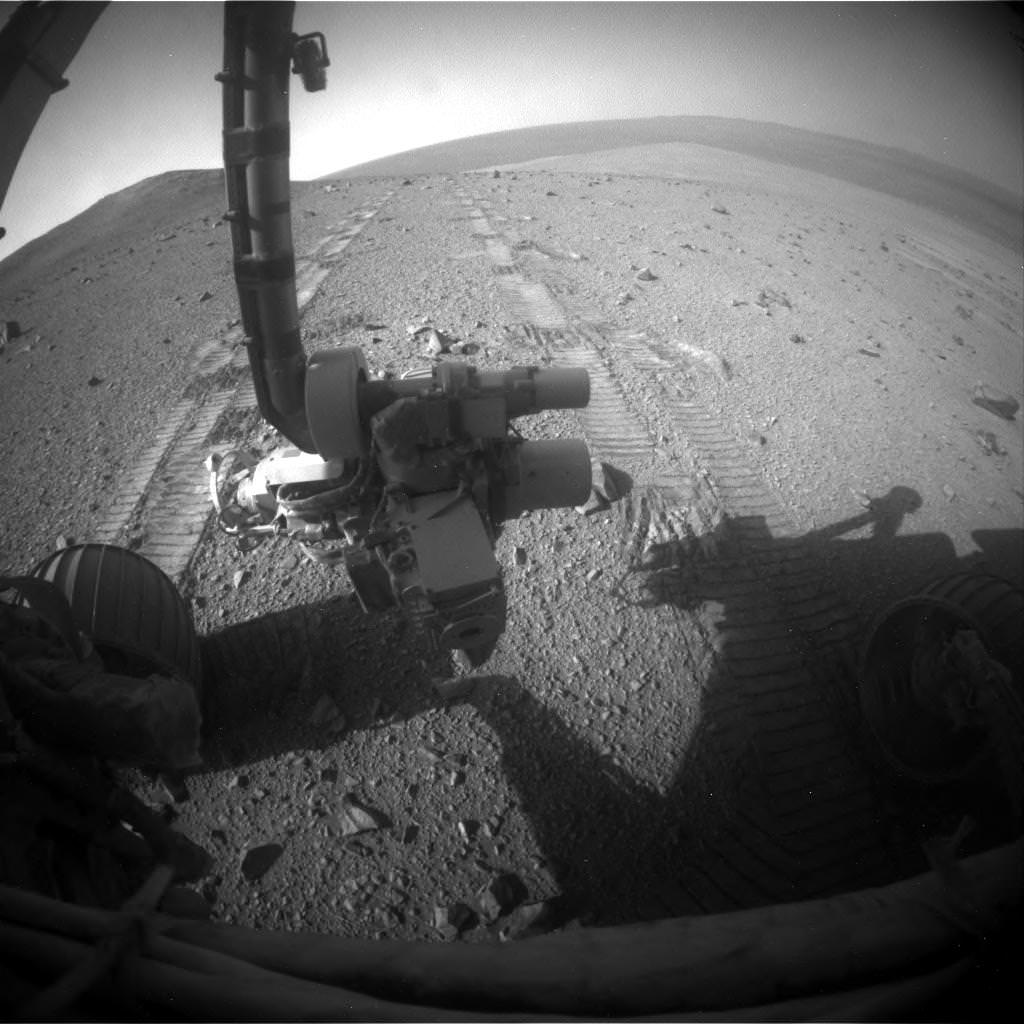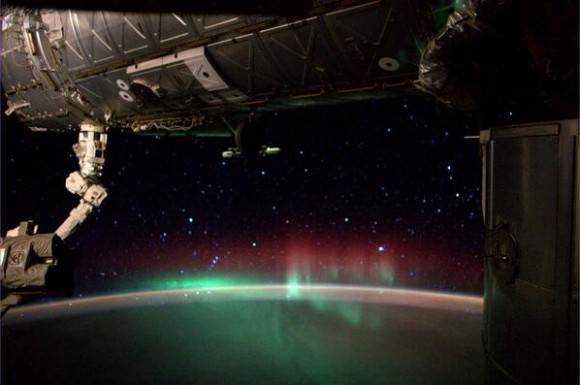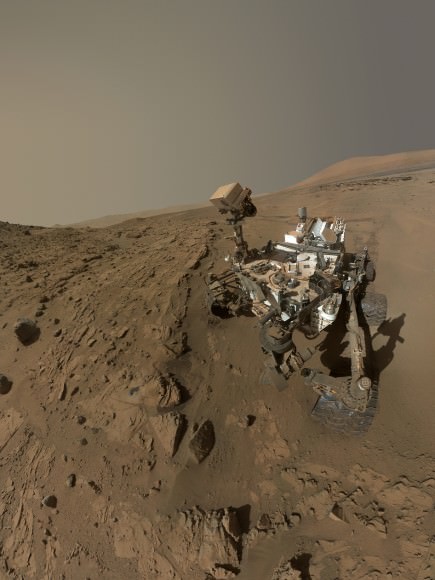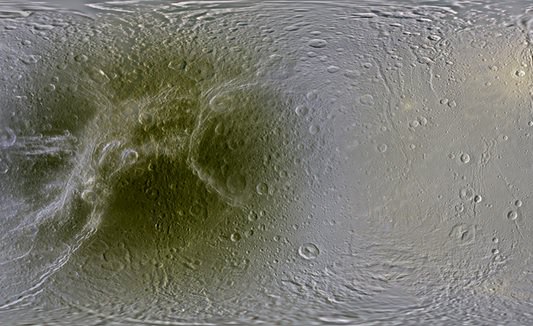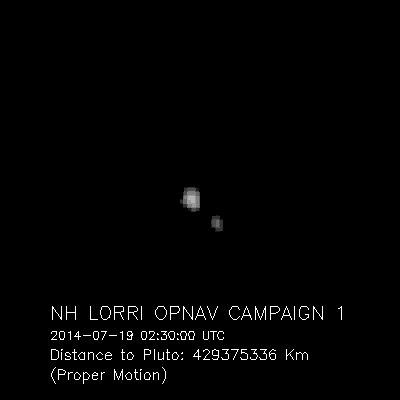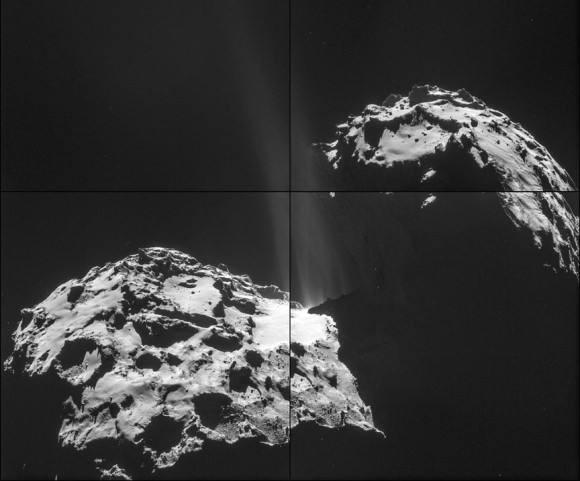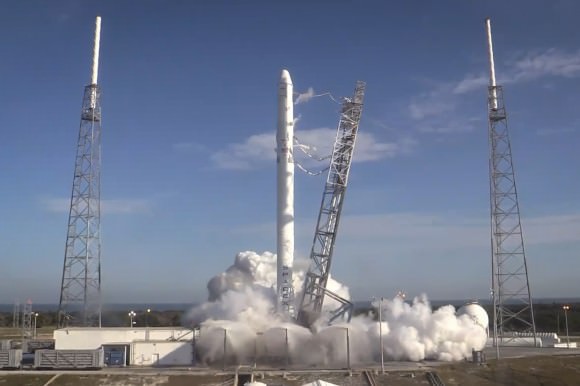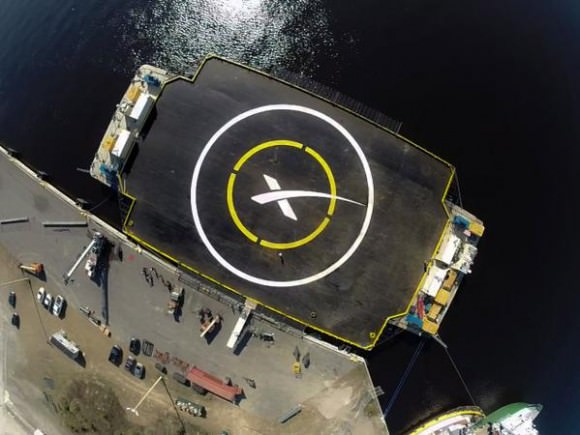Editor’s note: This guest post was written by Lukas Davia & Marijn Achternaam.
Typing “reusable rockets” into a search engine, you can’t help but be drawn to the allure of SpaceX-related links which fill the screen. In fact, the corporate brainchild of Elon Musk dominates the first few pages of results near-exclusively. The reason for this is understandable: with the death of the Space Shuttle and lack of clear planning for the future by most old players in the spaceflight field, SpaceX’s straightforward, near term plan and previous flight tests make them everyone’s favorite to drastically reduce cost to orbit with rockets which return home – ready to be reused.
And with the upcoming launch of SpaceX’s 14th Falcon 9 rocket on January 6 carrying Dragon to the ISS, the potential for true rocket reusability is certainly within reach for the first time ever in the near 90 years since Goddard launched the world’s first liquid fueled rocket from Massachusetts in 1926. Yet, now is a more important time than ever to temper our wild expectations for the possibility of rockets which fly themselves back to the launch pad. While a rocketry revolution may be among us, it is an iterative, multi-step process that transcends any single mission — and we shouldn’t expect to see regular airline-like reuse and large cost drops anytime soon.
It should be noted that Elon Musk, for all his amazing accomplishments, has never placed a hard and fast timeline on when cheap and accessible rocketry would be available, let alone a solid price. Why? Simply because we are entering territory that remains uncharted.
The only launch vehicle in history that has ever been re-flown several times after achieving orbit was the Space Shuttle. Despite reusing by far the most expensive part of any rocket — the engines and associated systems — the Shuttle cost at least $450 million to launch according to NASA, with a relatively small payload of 24 metric tons to Low Earth Orbit, or almost $19,000 per kilogram. Including development costs, summed and divided up per flight, the price to launch can average as high as $1.5 billion, or thrice NASA’s stated amount. What was supposed to drastically reduce the cost per kilogram of lifting cargo to orbit ended up being one of the most expensive launch vehicles in human history. Why did it become so expensive?
The conception of the Space Shuttle was a result of a marriage between NASA, the Air Force, and other partners. Each wanted their own design specifications, which ended up producing a wieldy vehicle with no well-defined purpose, and it became the “catch all” of the space industry. Mainly, it was that the amount of maintenance required after every mission was greatly underestimated by NASA. After each flight, the entire vehicle had to be essentially rebuilt: tiles replaced, engines inspected, boosters refurbished. In particular, the trio of RS-25 main engines had to be taken apart and checked for every possible defect that could cause a failure, and when things broke, there wasn’t a healthy supply-line that could replace them easily, causing the cost of spare parts to skyrocket, and maintaining a workforce ready and able to refurbish the Shuttle quickly became a money-sink that NASA was never able to recover.
SpaceX isn’t NASA though. They’ve introduced a more agile, responsive development approach to their products which has been overwhelmingly successful. They also have years of prior projects (from multiple sources) to learn from that NASA didn’t. However, these aren’t problems that can be simply waved away. Rather, they are fundamental issues that need addressing: there is no escaping the confines of physics.
A common theme of Musk’s statements is the audacious aspiration to revolutionize the “one use and throw it away” model that has dominated the rocket industry since the beginning, morphing it into something more closely related to a service-based airline model. This is a big task, even by Iron Man’s standards.
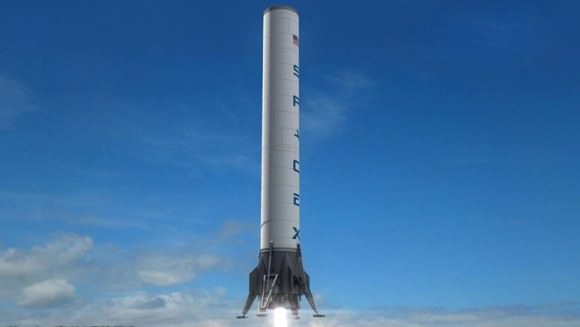
Many fans show an under appreciation of the barriers to entry. In fact, in a recent survey conducted on the SpaceX fan community at Reddit.com, when asked to place an educated guess on the price of a Falcon 9 rocket launch in 5 years time, a significant portion of the nearly 600 respondents selected a value beneath $20,000,000. Some even selected prices below $10,000,000. Although COO of SpaceX, Gwynne Shotwell has mentioned in passing that reusable Falcon 9 launches could eventually command a $5-7 million price tag, this is likely far in the future, far past merely the dawn of reusable rockets. For some perspective, five years ago in 2010, SpaceX launched two Falcon 9 rockets. Last year, they launched six, and suddenly, by 2020, the cost of a standard Falcon 9 launch will be three times as cheap? Where has this extra acceleration in development come from? Possibly it comes from the minds of some slightly too-optimistic fans.
In fact, something even as basic as long-term engine maintenance is still relatively unknown. Previously, SpaceX has clarified that each engine has a life of approximately 40 firings, and a casual observer would assume this results in an engine that can be used on 40 missions. However, with three engine test fires prior to each launch, the launch itself, and the three burns required to complete the reentry and re-landing process, the center engine is in fact required to fire 7 times to complete a mission, and with nine engines on every lower stage – even with most only firing a few times, that results in quite a number of parts that can break down after every flight. Checking for these failures and repairing them could become a lot more costly and time consuming than one might hope.
For example, with a diameter of 3.66m, and a height of approximately 42 meters, there is nearly 500 square meters of first stage surface that has been exposed on one side to the frigid temperatures of liquid oxygen and chilled kerosene, and on the other, various temperatures from reentry into the soupy lower atmosphere. In fact, even the ice buildup on the outer skin of the vehicle alone is significant enough to substantially alter the vehicle’s mass! Within that large area, tensile, thermodynamic, and pressure-related fatigue has the potential to accumulate. Striations could nucleate and form hairline cracks. This is a hazard that could lead to a critical failure on an operational mission, and such an event could permanently ingrain an association between the nascent reusable rocket and instability in the minds of satellite operators and the insurance industry. And although Falcon 9 could be considered over-engineered, it is unlikely SpaceX will play rocket roulette.
Although the rocket’s chief engineer estimated a coin toss’s probability of success, upon the hopeful propulsive landing of CRS-5 on the recently christened “autonomous drone landing ship,” the empty first stage will likely be shipped back to SpaceX’s Hawthorne, California headquarters and inspected with various methods of destructive and non-destructive analysis to quantify how the rigors of accelerating to a velocity of nearly 2 kilometers per second in less than three minutes and then decelerating enough, reentering through the atmosphere, to land in close proximity to sea and salt, affect the vehicle.
Another example of a potential refurbishment cost lies in SpaceX’s fuel of choice, kerosene. It burns relatively dirty, as evidenced by the translucent pillar of brown-black soot that Falcon 9 ascends on, a throwback to the days of early aircraft. This leads to an effect predominantly associated with kerolox engines known as “coking” – where incompletely combusted soot adheres to the near-molten engine and nozzle, reducing its ability to radiate away heat. Clean it off, you say? Congratulations, you’ve just introduced refurbishment into the equation, something that SpaceX is striving to avoid.
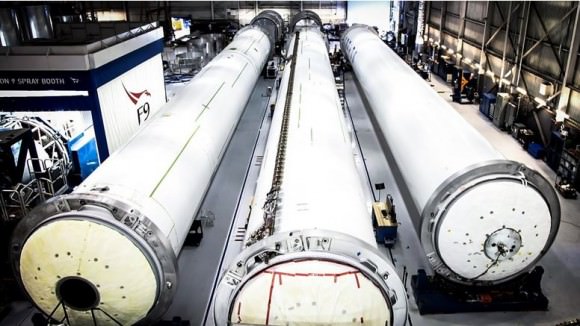
Even ignoring the vehicle itself, launches and the chemicals needed are expensive! There’s the exorbitantly-priced helium which is required to keep the tanks pressurized, and the pyrophoric TEA-TEB ignition fluid used to begin the explosive marriage between the RP-1 & LOX. It’s not just chemicals either. There’s ground launch operation costs too, ranging from employee wages, to the dull process of permit applications, to the slightly more interesting ablative paint that coats the Transporter-Erector structure which holds Falcon 9 vertical, to transportation and relocation costs. In all likelihood, the current capital expenses of a single launch alone, ignoring the obvious value of the rocket itself, total in the region of $3 million plus.
Fundamentally, we must decouple re-landing, refurbishment, reusability, and financially viable and rapid reuse from each other. It can be a difficult concept to grasp that all four are distinct, and the success of one does not imply the next step is guaranteed. Because of this, question marks still remain over the cost, time, and complexity of the final steps necessary for SpaceX to complete its reusable rocket master plan. For example: re-landing a rocket does not necessarily make refurbishment nonexistent. This is the take home story of the Space Shuttle.
A landing alone doesn’t revolutionize rocketry; rather, we may only realize the revolution of refining rocketry into an airline-like model has occurred well only by looking back in the rear view mirror.
We live in hope that SpaceX achieves what it originally set out to do nearly 13 years ago. SpaceX has come far, far closer than anyone else to this goal, but as Musk himself has said, “Rockets are hard”. Good luck to the team at SpaceX for their upcoming CRS-5 launch and landing attempt, it’s the beginning of something far bigger.
Written by Lukas Davia & Marijn Achternaam
Bios: When not juggling being a software engineering student & full time web developer in New Zealand, Lukas Davia is a self professed SpaceX-addict, and can be found contributing to Reddit community /r/SpaceX, adding to his website SpaceXStats.com, and creating infographics. Believe it or not he does find time to go outside and hike in his spare time too!
Marijn Achternaam is a Dutch student, self proclaimed armchair engineer and spaceflight fanatic who can frequently be found contributing to the /r/space and /r/SpaceX Reddit communities.

